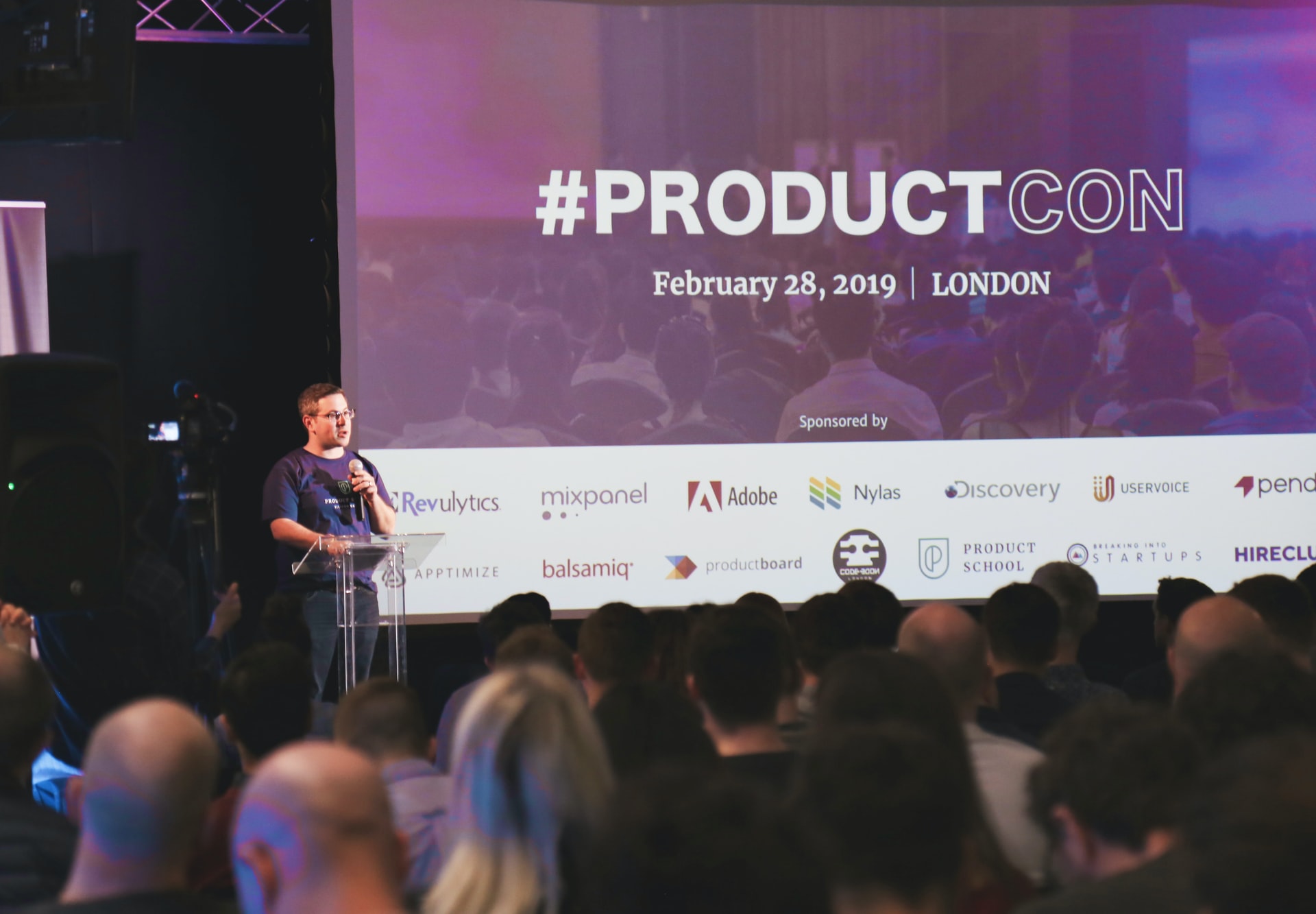Usability testing includes a range of techniques that reveal how well your product performs from a very important perspective: your customers.
At its core, usability testing is an opportunity to observe target customers or users using your product to perform specific tasks that can validate product assumptions, provide valuable feedback, or identify potential pain points or enhancements. After several tests, you’ll notice usage patterns and comments about what works and what doesn’t. This is vital information you’ll use to fine-tune your product and increase its value to customers.
The sooner you validate product assumptions, the better. There’s little excuse not to run at least a few usability tests as you develop your product; you can run them at minimal cost (from virtually free to a few hundred dollars). And, when you compare the cost of changing designs early in the design process instead of after you’ve launched, you’re talking peanuts.
Some tests take only a few minutes to set up and a few seconds to run. Literally. And with the right preparation, there’s little impact on product development schedules.
Testing All Stages of the Customer Experience
The type of usability test you use depends on where you are in the product development life cycle and what you want to learn. You can perform tests on everything from the earliest of product ideas or concepts think paper sketches, even paper napkins to early prototypes through to fully developed systems. Furthermore, you can run these tests from websites, mobile and wearable apps, and everything in between.
As customers develop a relationship with your product, usability tests will offer insights into what happens at each stage. Each test will contribute to an invaluable repository of insights into how your customers think about your product and what they value because you’ll see the world through their eyes.
First Impressions of the New Product
Watch what happens when customers first encounter your product. What gets their attention? Is anything confusing? Do they understand the marketing messages on your home page, and does the information resonate with them? Ultimately, do they feel compelled to explore more deeply?
Early Experiences
If you’ve communicated a positive initial impression and customers decide to explore your product, can they discover the features and functions that help get them up to speed? Does your interface provide clear, streamlined paths free of unnecessary instructions, distracting visual elements, or unneeded features or functionality? Finally, how well does your product help customers get the benefits they want, or even lead them to benefits they were unaware of?
Testing helps determine if customers find the terminology clear and jargon-free; whether the page and content is organized logically from their perspective; if processes such as registration, checkout or upgrading are efficient and easy to use; if it’s clear how to cancel a process or navigate to a specific function or location.
New Product Maturity
Over time, discovering shortcuts and advanced functionality will help mature customers do their jobs more quickly. You’ll want to test how these options are communicated and ensure that they address the needs of these customers without impacting the experience of other customers.
Unless you test with actual users, your product team won’t get a true perspective about what your product is like to use by the people who matter most: the users themselves. This may seem obvious, but in many organizations, approximate customers such as salespeople are sometimes used to review products. After all, they have a lot of customer contact. But salespeople donÕt have the same motivations or context as customers. At best, this approach is risky. When you test with real users, usability tests ensure that all product stakeholders get a realistic, honest view of your product’s effectiveness.
If you have never watched a customer use your product, you might be in for a surprise. Obvious product assumptions may be challenged, or you might find that customers think differently about what value means to them. Whatever you discover, you’ll unearth information to develop products that are more likely to be ones that your customers value.
If you want to read more about case studies and learn how to conduct your own usability testing, read the full article by Peter Hughes at: http://pragmaticmarketing.com/resources/Reduce-the-Risk-of-Product-Failure.
Peter Hughes, founder and lead consultant at Ascest, has spent 19 years conducting usability tests for industry-leading corporations and organizations such as JPMorgan Chase, MetLife, T. Rowe Price, Boeing, Honeywell, Hearst Media, Scholastic, the College Board, Nintendo and The Robert Wood Johnson Foundation.
Author
-

The Pragmatic Editorial Team comprises a diverse team of writers, researchers, and subject matter experts. We are trained to share Pragmatic Institute’s insights and useful information to guide product, data, and design professionals on their career development journeys. Pragmatic Institute is the global leader in Product, Data, and Design training and certification programs for working professionals. Since 1993, we’ve issued over 250,000 product management and product marketing certifications to professionals at companies around the globe. For questions or inquiries, please contact [email protected].








